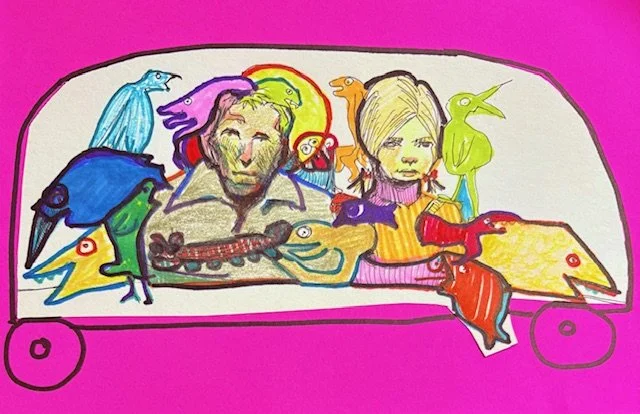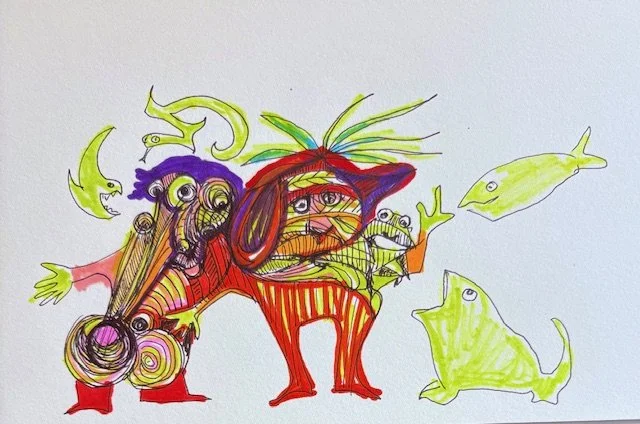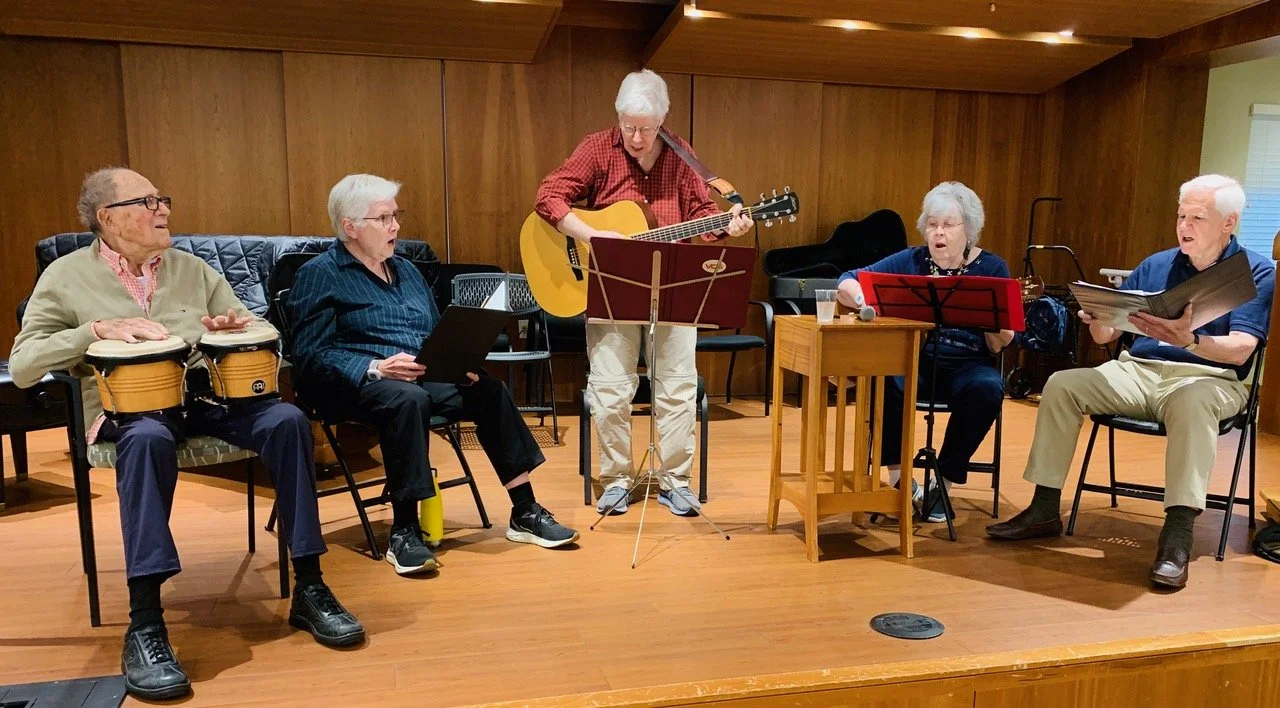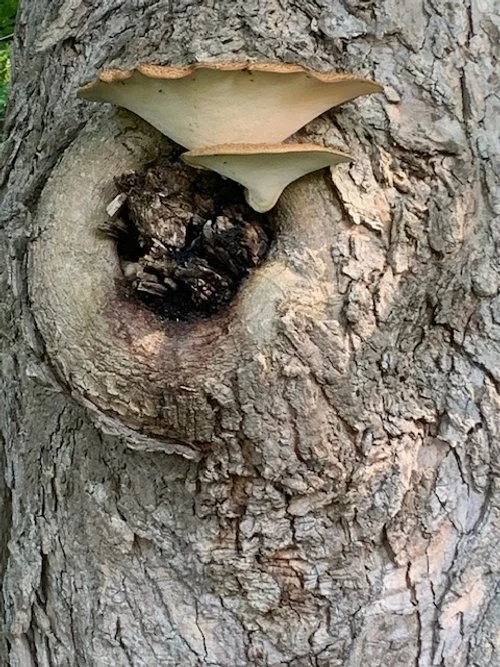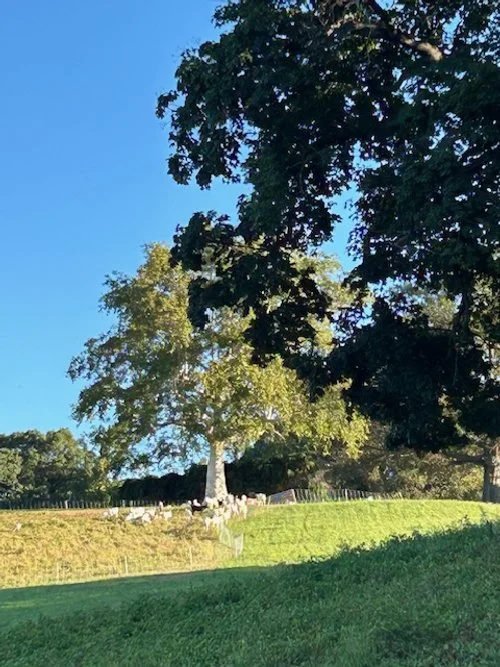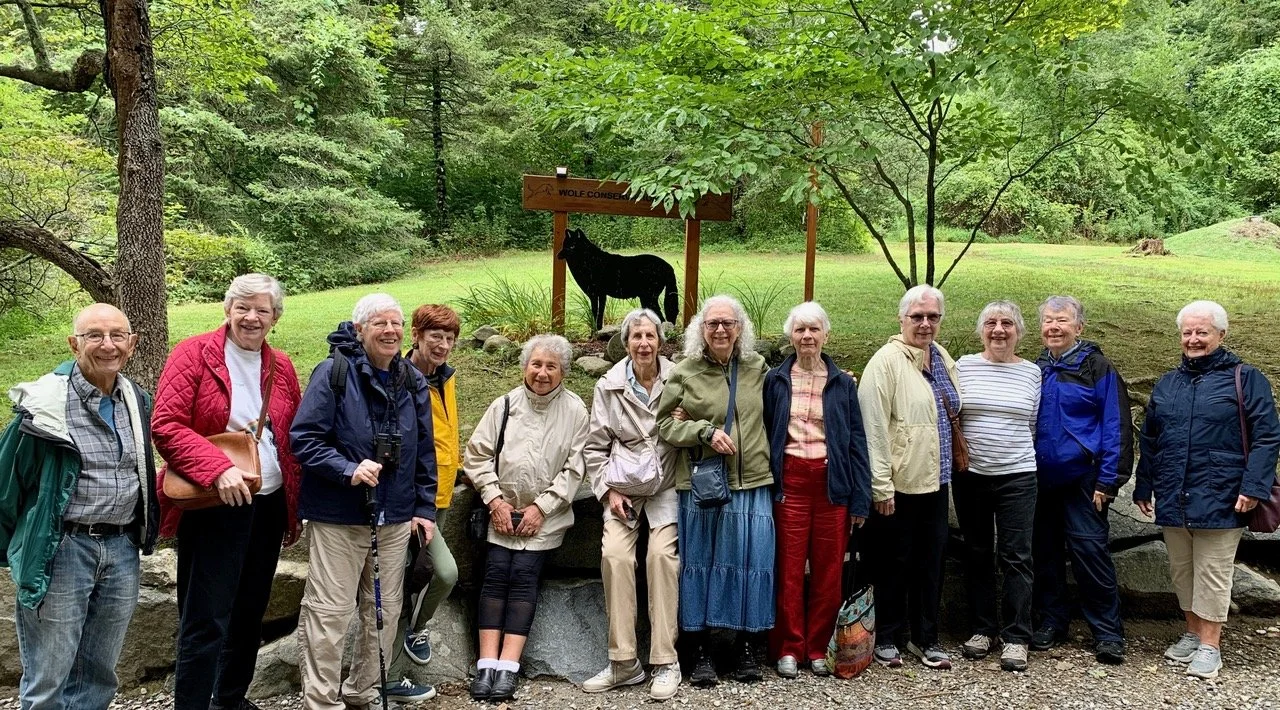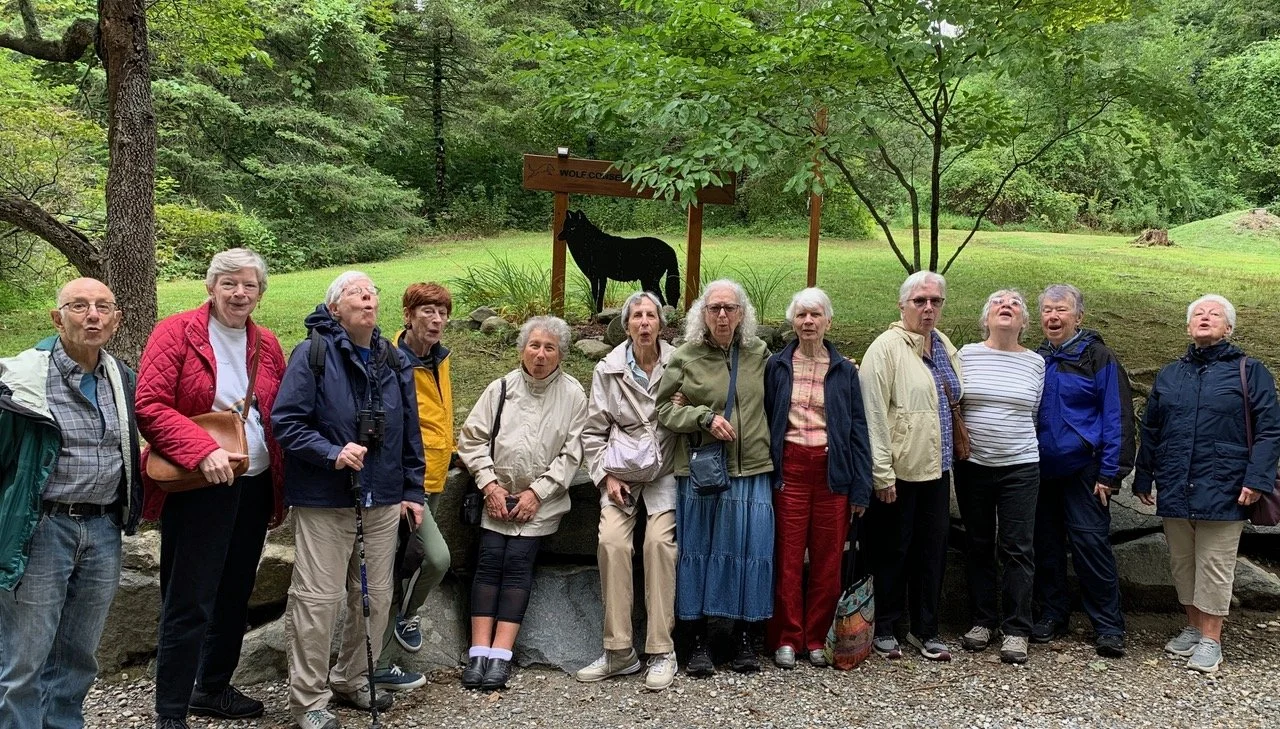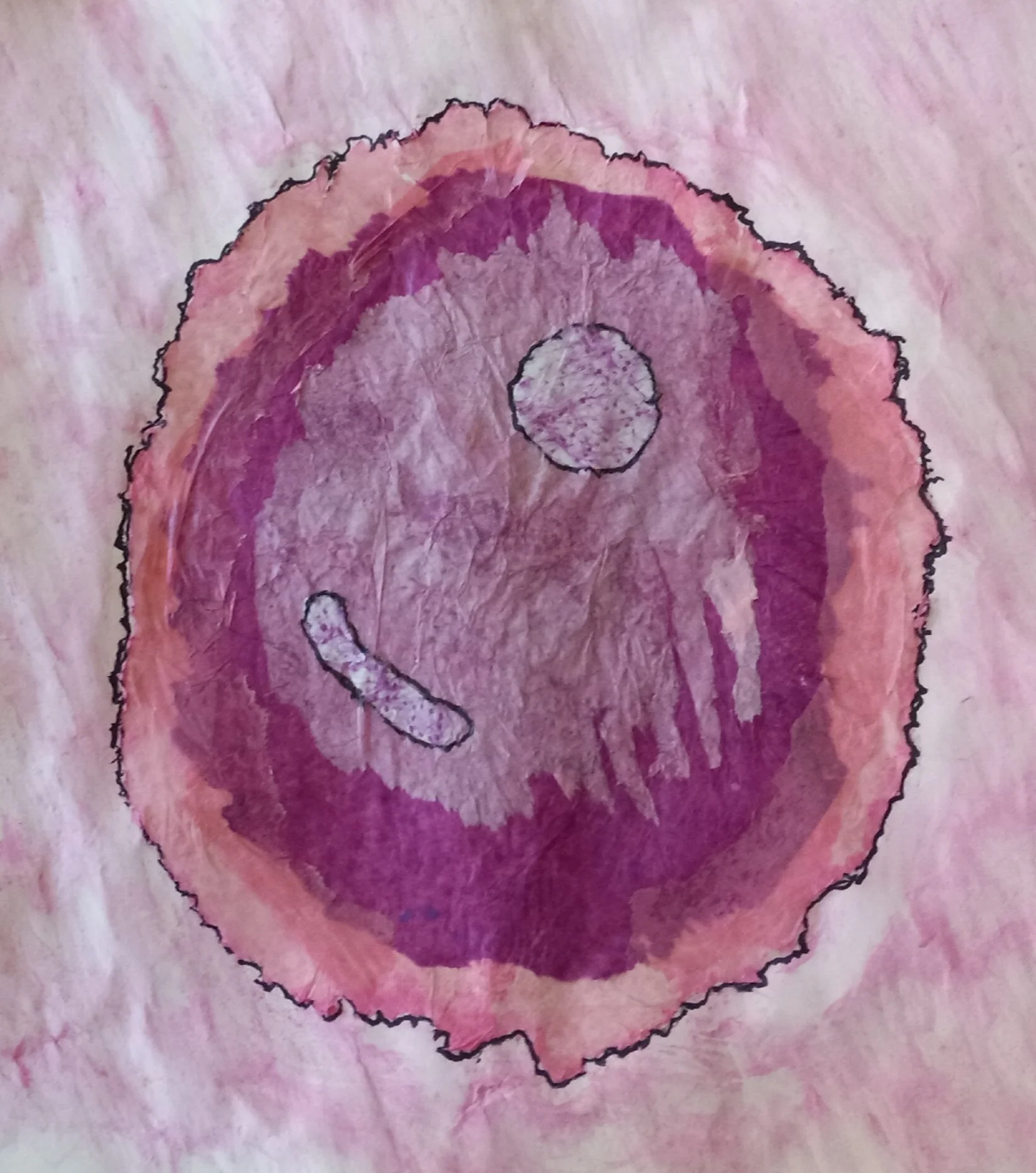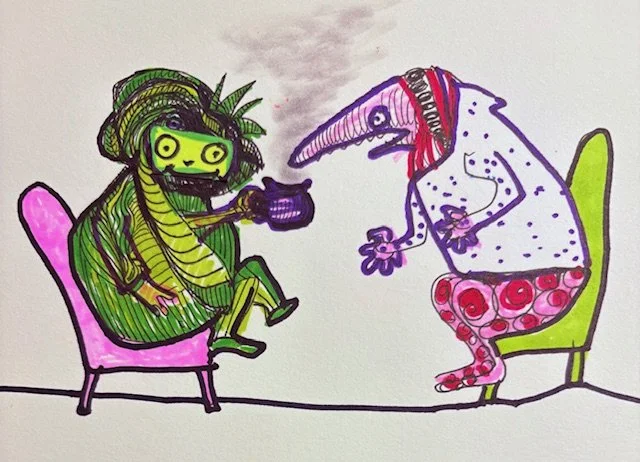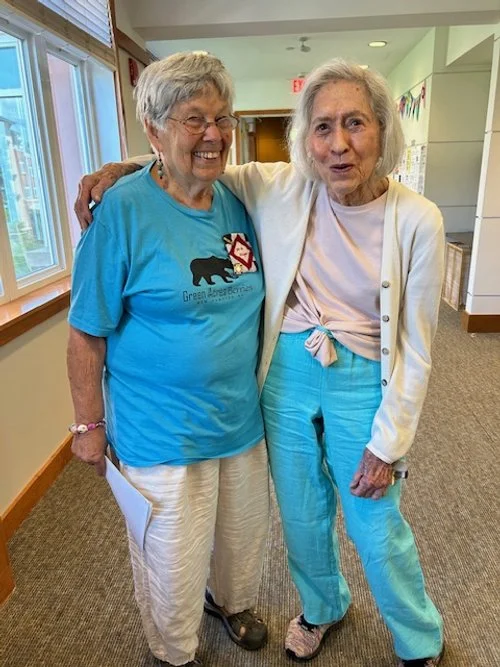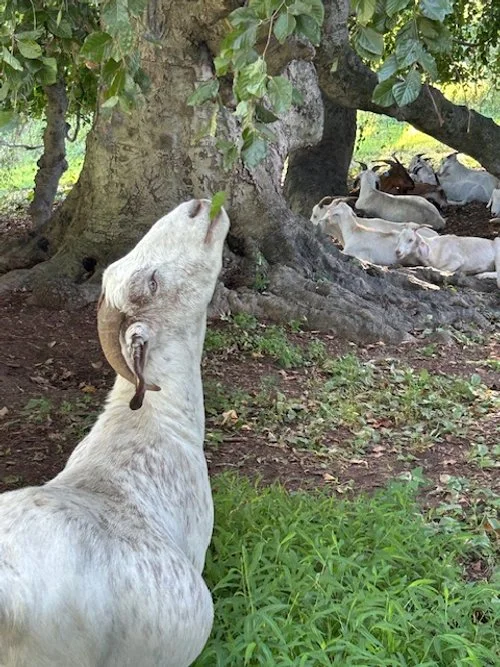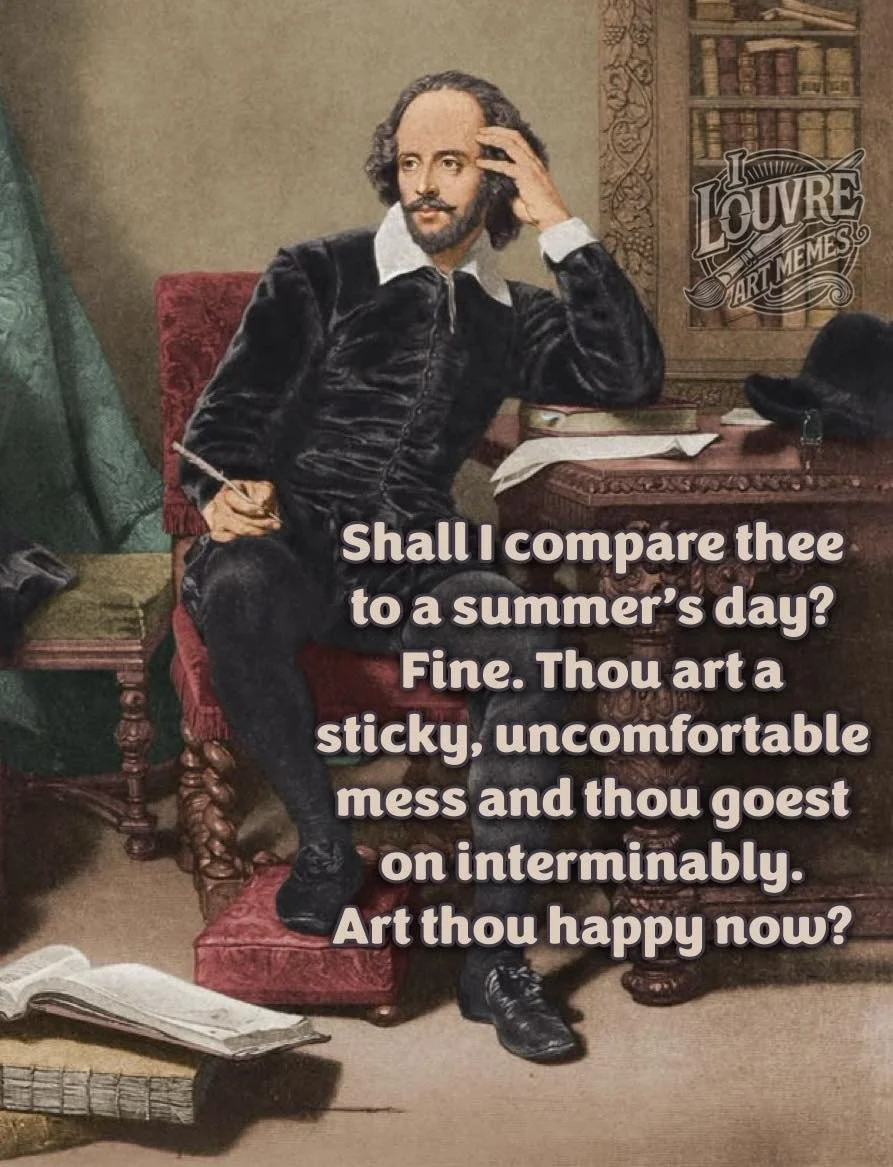Roundtable of Founders
As part of Kendal’s 20th Anniversary celebration, three special videos were created to honor our history, founding vision, and enduring community spirit. To see each, click on the buttons below. (Note: Ads may show up. They are beyond our control. When “skip” appears—usually on the bottom right, click on that. The ads are annoying, but don’t last long.)
A heartfelt conversation with our first CEO, Pat Doyle, and nine Founding Residents who helped shape Kendal from the get-go.
A look back at the planning, approval, and design of our community.
Reflections on the actual construction and opening of Kendal in May 2005.
I Never Knew That
In 1788, Austria Accidentally Fought Itself in a War
As you might imagine, the Austro-Turkish Wars took place between what are now Austria and Turkey. This being between the 16th and 18th centuries, however, the official belligerents were the Hapsburg monarchy and the Ottoman Empire. Perhaps the most (in)famous skirmish of that conflict didn’t involve both sides, though.
What’s been called “history’s worst friendly fire incident” was officially known as the Battle of Karánsebes and took place in present-day Romania on the night of September 21, 1788. As the Austrian army consisted not only of Austrians but also of soldiers from modern-day Germany, Czech Republic, Poland, Serbia, and Croatia, communication wasn’t always smooth—especially when alcohol was involved.
Such was the case on this fateful night, during which different groups of Austrian soldiers were on opposite sides of the Timiş River. When fistfights and eventually gunfire broke out on one side of the river over a drunken dispute, troops in Karánsebes proper believed their foes had arrived and began shouting, “Turks! Turks!” The inebriated soldiers then ran toward their comrades to assist them but were mistaken for Turks, leading to further miscommunication and friendly fire. When the Turks did arrive two days later, they took Karánsebes with little resistance.
Source: historyfacts.com
Contributed by Jane Hart
For Your Funny Bone
Contributed by Barbara Wallach
Contributed by Barbara Bruno
Contributed by Barbara Bruno
Art by Hart
90 hours in the tour bus gave the back-up singers time to audition new riff
Young Sally was enjoying her salad days
Angelina’s rain hat felt tight
Fitch’s astrologer said we’re in the age of Aquariums
Vinnie disliked poultry squawking behind her back
Art and photos by Jane Hart
Yarn Drawing I, by Sheila Benedis
Art and photo by Sheila Benedis
In and Around Kendal
Folk-Song Sing-Along
Led by Donna Nye, accompanied by Bill Rakower, a new Kendal tradition took the Gathering Room stage on August 20: The Roots and Rhythm singers offered Kendalites their first folk-song sing-along. May there by many more to come.
Photo by Harry Bloomfeld
The Art of Nature
Photos by Rich Dooley
Summer Munching and Hopping
As the summer draws to a close, photographers continued to send photos of our favorite denizens of the fields next door and by our door: goats and the (really, only one?) bunny.
The bunny leaves Alida for Fulton, by Lynn Brady
Goats seeking breakfast, lunch, and dinner by ye olde Rockwood sycamore, by Carolyn Reiss
And So A Busy Day Comes to an End at Kendal
Photo by Carolyn Reiss
Out and About
Recently, a hardy band of Kendalites journeyed to South Salem to find out more about The Wolf Conservation Center. The Center’s mission is to advance the survival of wolves by inspiring a global community through education, advocacy, research, and recovery. According to their website, they are driven by our values of respect, community, and passion:
respect for wolves, their complex ecological role, the landscapes they shape, the people who care about them, and the people who live among them.
Community inspired by the pack. “We bring people together, we nurture, we educate, we aid, we protect, we organize, and we defend. We are always stronger together.”
passion for wolves, for the landscapes we share with them, and for the work of protecting them.
These folks look fairly normal, yes?
Photo by Carolyn Reiss
Photo by Carolyn Reiss
And then they decided to commune with the wolves . . . and howl . . .
Really Out and About
Valerie and Tom Wolzien are trippin’ out. Way out. No, not that. They’re off to Australia, Singapore, and other exotic climes for more than a month! Yet Kendal stays on their minds. Tom’s still operating channel 970 . . . from up, up, up—39,000 feet over Europe— inside the plane. Easy peasy.
And they’ve promised pictures along the way. Here’s Singapore, which, like Kendal, is embracing construction.
And denizens of Australia’s Northern Territories—the real outback—where cattle outnumber people more than 1,000 to 1.
Weekly Construction Report
Ellen Ottstadt reports that, if the weather holds, this coming week workers will pour partial concrete in the community room and start framing the wall! She will send out the regular construction bulletin Friday, August 29. Meanwhile, a few pictures on refreshing’s progress—setting up to frame!
I Never Knew That
Victorian Doctors Prescribed Beards for Healthy Throats
The well-coiffed men of the Victorian era wore finely tailored suits, trim waistcoats, and fancy statement hats. These men also, in contrast to their generally prim and proper aesthetic, sometimes had truly impressive beards. The Victorian “beard movement,” which started around 1850, was partially about looking manly and rugged — especially after British soldiers came back from the Crimean War unshaven in 1856. But beards were also, according to some medical professionals at the time, a way to ward off disease.
At the time, many doctors endorsed the miasma theory of disease, which (incorrectly) held that illnesses such as Britain’s common cholera outbreaks were caused by bad air. (To be fair, rampant air pollution was making people sick, just not in ways that scientists understood at the time.) Facial hair, some reasoned, could provide a natural filter against breathing in so-called “miasms.”
“[T]he moustache is emphatically nature’s simple respirator, while the hair covering the jaws and throat is intended to afford warmth and protection,” one doctor wrote in the Edinburgh Medical Journal in 1861. Clergymen and other public speakers were particularly encouraged to have beards to protect their voices.
Beards started losing popularity by the 1880s. Changing standards of masculinity played a role, but the medical justification was also weakening as microbial biology and germ theory took hold. Beards, it turns out, can hold a lot of microbes.
Source: historyfacts.com
Contributed by Jane Hart
For Your Funny Bone
Contributed by Barbara Wallach
Drawing with Tissue Paper VI, by Sheila Benedis
Art and photo by Sheila Benedis
Art by Hart
On Tuesdays, Mrs. Lawson did the laundry, the vacuuming, and Tuffy’s tea-stained teeth
Some days the Shmink twins wished their mother looked normal
Keith introduced a number of species
Myrna’s broccoli chocolate tea was a sensation
The wild animals wouldn’t eat Aunt Lulu’s spinach balls either
Art and photos by Jane Hart
In and Around Kendal
Happy August Birthdays
Photo by Harry Bloomfeld
Refreshing Moments
Outside . . .
And in . . .
And the walls come a-tumblin’ down
Photos by Joe Bruno
Clermont Fashionists
They just somehow knew: it was a blue and white day
Photo by Carolyn Reiss
Art Work by Nature
Photo by Marie Martinez
Gourmand at Work
Photo by Carolyn Reiss
Balance: Goat Picture . . . Bunny Picture
Photo by Jane Hart
A Kendal Farewell
As many of you may know, Carlene Brown is leaving Kendal after 18 years of service to us and our residents. She is starting nursing school in the fall! This will be your time to stop by and wish her well!
Please join us in wishing her all the best in this new journey!
Carlene’s Farewell Breakfast
Wednesday, August 20
9:00 AM – 11:00 AM
Formal Dining Room
Weekly Construction Report
From the office of Ellen Ottstadt
I Never Knew That
During WWII, the British Used Monopoly Games to Help POWS Escape
Monopoly has been beloved for generations, but the history of the classic board game isn’t all fun and games. During World War II, specially manufactured Monopoly boards were used to help prisoners of war escape from captivity. In 1940, the British government struck a deal with Waddingtons, the company that manufactured London-themed editions of Monopoly, in which MI9, a secret department of the War Office, tasked Waddingtons with creating a version of Monopoly that contained various tools and information to aid POWs in their potential escape efforts.
The sneakily altered Monopoly boards were distributed to Nazi-run POW camps as part of larger aid packages. In addition to the standard thimble and dog game pieces, each board contained metal “playing pieces” that were actually escape tools, such as a file and magnetic compass. Each version also contained silk maps provided by the intelligence agency, which could be unfolded discreetly without drawing attention. What’s more, these special editions swapped out fake Monopoly money for real German, Italian, and French currency that could be used to bribe guards. The British government also contracted game company John Jaques & Son to create chess sets and versions of Snakes and Ladders that contained hidden compartments with escape tools.
Source: historyfacts.com
Contributed by Jane Hart
For Your Funny Bone
Contributed by Barbara Wallach
Contributed by Barbara Bruno
Art by Hart
The grouch next door didn’t love it when Liz’s children harmonized
Kiki and Elsie aged out of 4H decades ago, but they still wouldn’t miss a county fair
Not trusting Nature, Ms. Tasselpaper played it safe with artificial turf and plastic animals
In an ill-conceived sequel to Peter Pan, the cast spent several scenes exploring a rusty anchor
Bitter-sweet, it was the last club cocktail bash of the summer
Art and photos by Jane Hart










